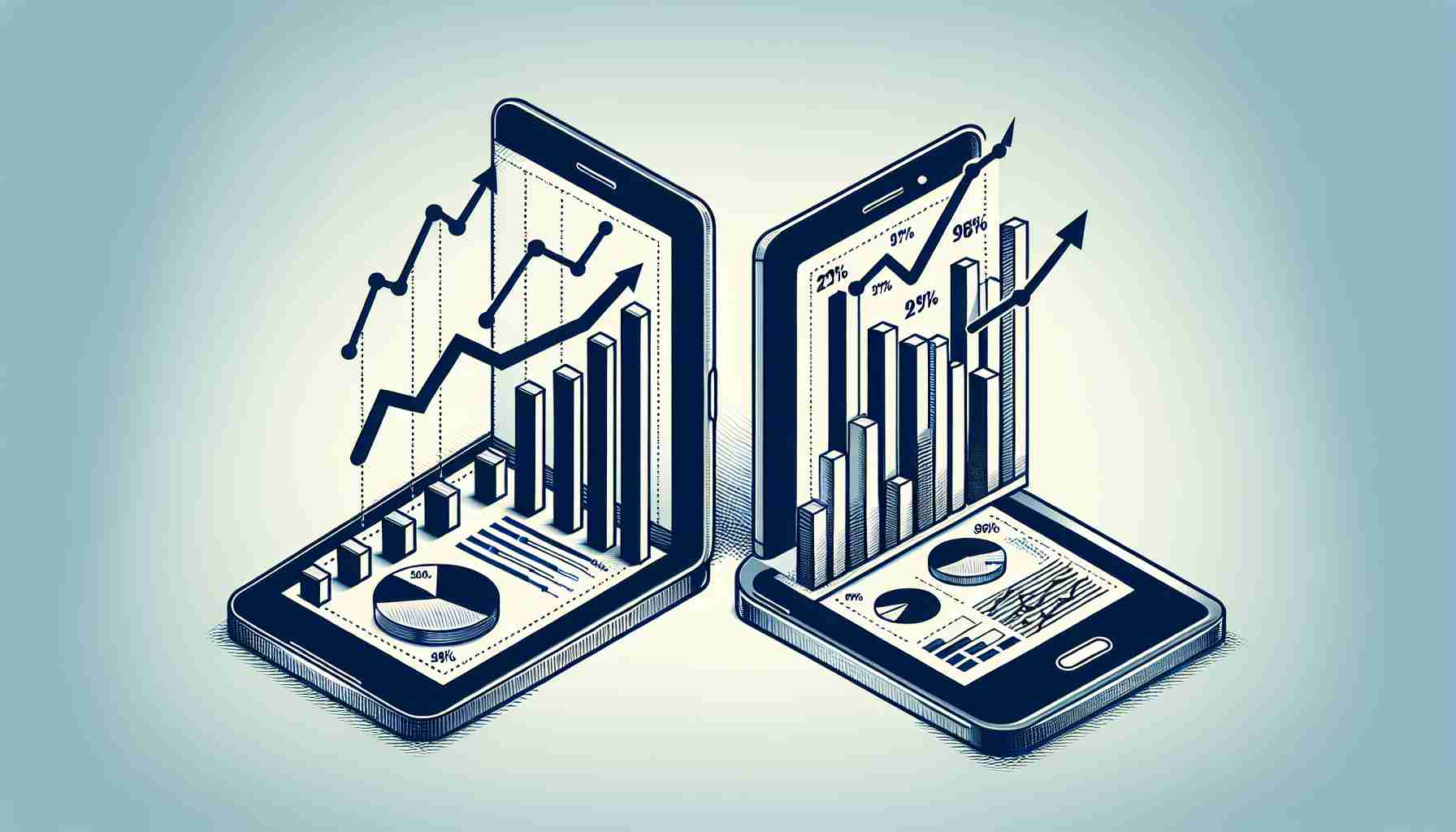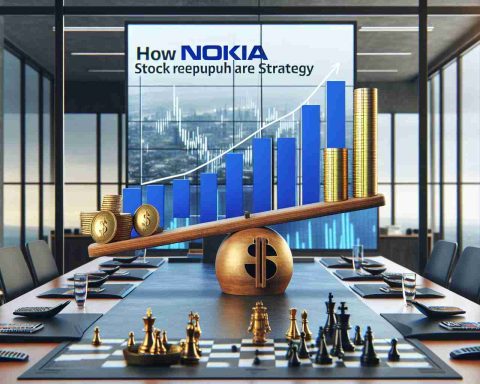Recent market analysis reveals significant changes in consumer preferences for smartphones and tablets, particularly highlighting the rise of the iPhone SE (2nd generation). This model has recently surpassed the iPhone 8, which held the top position for roughly four years. With its combination of affordability and robust performance, the iPhone SE has captured a significant share of the market, especially as users move away from the now-outdated iPhone 8 following its end of support from iOS 17.
The iPad market is also experiencing a notable bifurcation. The enduring popularity of the iPad Air cellular persists alongside a resurgence in interest for the 10.5-inch iPad Pro. Despite being released several years ago, the iPad Air maintains its appeal due to its low average price and sufficient functionality for multimedia use. Meanwhile, the iPad Pro model offers enhanced capabilities, which continue to satisfy users seeking high performance at a reasonable cost, especially during promotional sales on online platforms.
Moreover, the Android segment is witnessing an increase in transactions for budget models priced below 5,000 yen. This suggests that consumers are gravitating towards affordable options that still deliver satisfactory performance. As prices for various models continue to drop, particularly for newer devices like the iPhone 12 and 11, there is an expectation that consumer demand will keep evolving, further transforming the landscape of the smartphone and tablet markets.
Market Trends Indicate Shifts in Smartphone and Tablet Preferences
Recent analyses of smartphone and tablet markets indicate a more profound shift in user preferences, revealing complex dynamics that go beyond simple price points and performance specifications. As competition among manufacturers intensifies, several key factors are influencing these trends, including emerging technologies, sustainability concerns, and evolving consumer behaviors.
What are the most important factors driving these market trends?
1. Technological Advancements: Innovations such as foldable screens and 5G connectivity are reshaping how consumers view their devices. Foldable smartphones, while still a niche product, have created a new category appealing to tech enthusiasts and early adopters. The shift towards 5G is also prompting users to upgrade from older models to take advantage of faster speeds and improved functionality.
2. Sustainability Concerns: Consumers are becoming increasingly aware of environmental impacts and are seeking brands that prioritize sustainability. This trend has led to a rise in interest for brands that emphasize eco-friendly production and recyclable materials, prompting manufacturers to evaluate their practices and make significant changes to their product lines.
What key challenges or controversies are associated with these shifts?
1. E-Waste Management: With a growing emphasis on newer technologies, the issue of electronic waste is becoming a pressing concern. Many consumers upgrade their devices more frequently, leading to increased e-waste unless proper recycling programs are implemented. Brands are under pressure to provide sustainable solutions for disposing of old electronics.
2. Market Saturation: In mature markets, the saturation of smartphone models leads to tough competition. Manufacturers must differentiate their products creatively to maintain or grow market share, while simultaneously addressing price sensitivity without sacrificing quality or innovation.
What are the advantages and disadvantages of these shifts in consumer preferences?
Advantages:
– Increased Innovation: As competition heats up, manufacturers are more likely to invest in research and development, leading to enhanced features and new technologies that benefit consumers.
– More Choices: With a broader variety of devices available at various price points, consumers can find products more tailored to their individual needs and budgets.
Disadvantages:
– Overwhelming Options: For some consumers, the sheer volume of choices can lead to decision fatigue, making it harder to identify the best device for their needs.
– Environmental Impact: The rapid turnover of devices increases the risk of electronic waste unless consumers opt for sustainable disposal methods or recycling.
Conclusion
The smartphone and tablet markets are undergoing significant transformations, driven by technological advances, changing consumer priorities, and unique challenges. Understanding these trends is crucial for consumers making informed purchasing decisions and for manufacturers aiming to meet the demands of an evolving marketplace. As the industry navigates these developments, the emphasis on innovation, sustainability, and adaptability will likely shape its future trajectory.
For more insights into market trends and consumer preferences, you can visit Statista or Forbes.




























